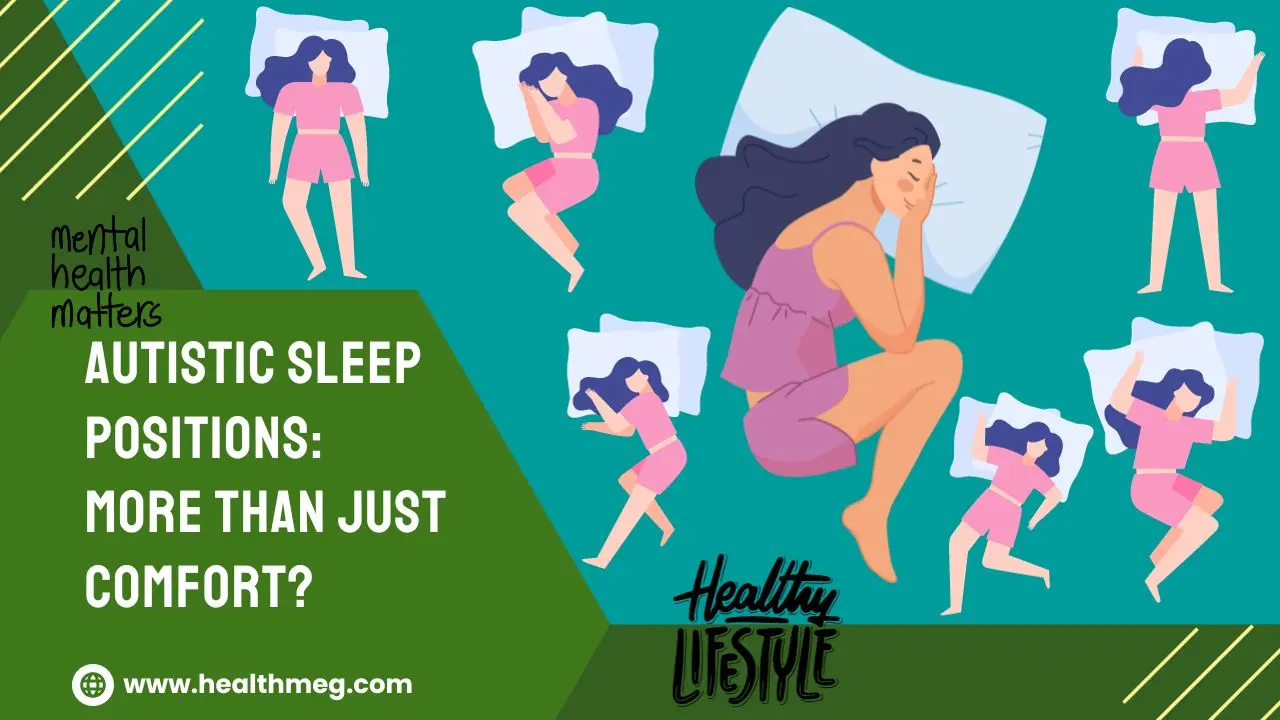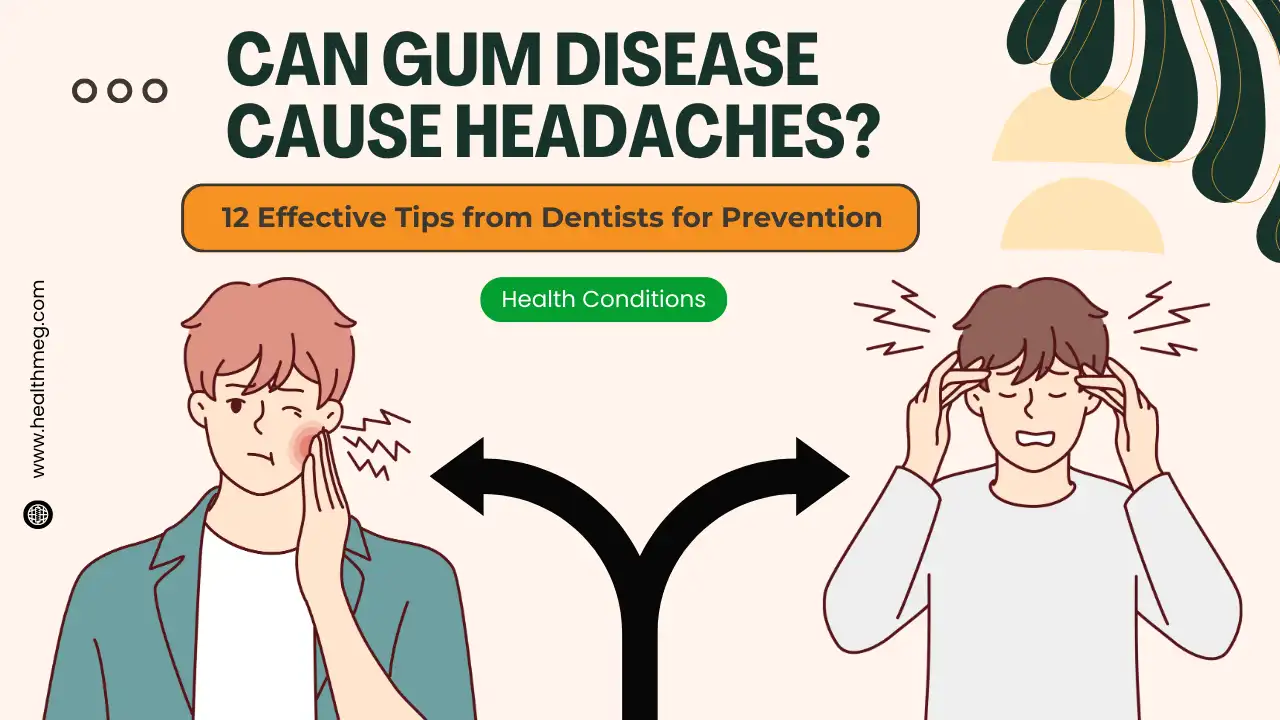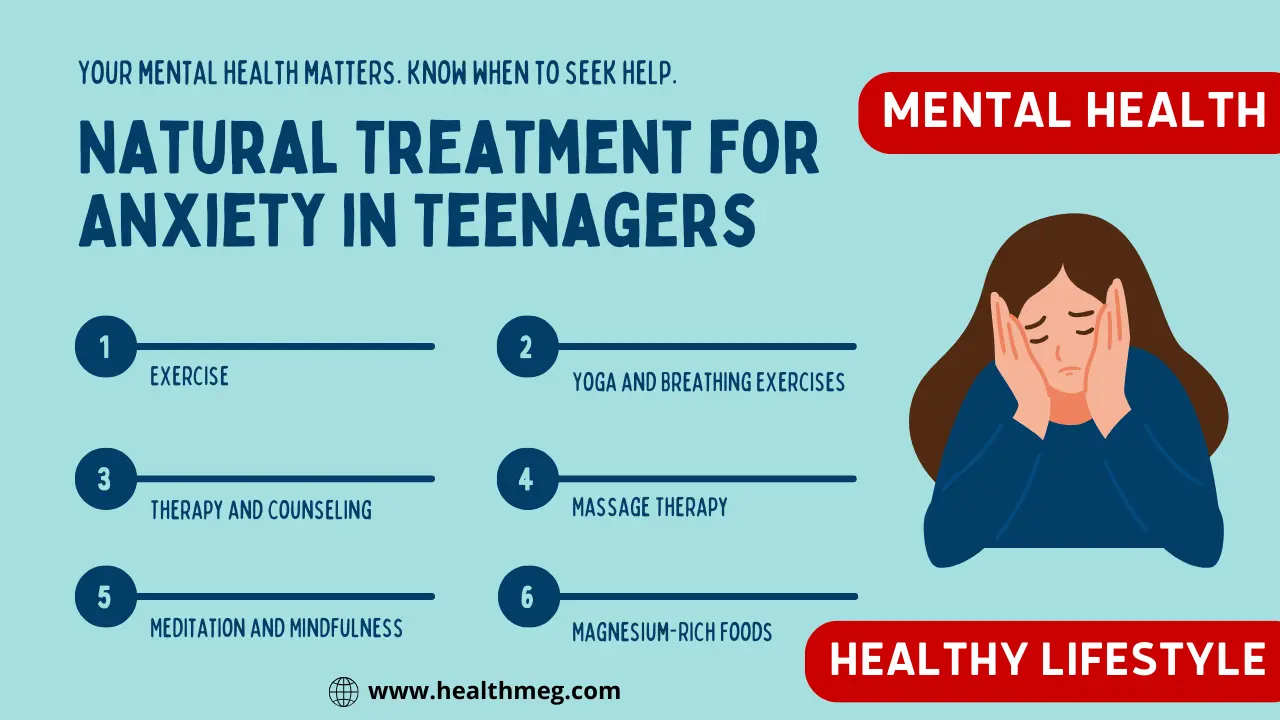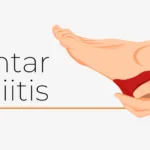Introduction
Twelve-year-old Kai falls asleep each night wrapped tightly in a blanket burrito cocoon. The compression against his body provides a sense of comforting containment that helps ease his anxious mind and settle his senses, allowing him to fall asleep faster. His older sister Leila alternatively prefers sleeping in her closet nook – the enclosing walls helping block out external stimulation as she curls up tightly clutching stuffed animals from her childhood.
While their sleeping postures may seem unusual, for many autistic children and adults like Kai and Leila, the shapes their bodies take during sleep provide more than just physical comfort. These positions point to diverse sensory needs and self-regulation strategies that offer glimpses into the deeply personal ways individuals on the autism spectrum experience the world.
Sleep struggles commonly coincide with autism, from bedtime battles to night waking to chronic insomnia. But while disruption universally occurs, the reasons behind it vary enormously based on each person’s unique neurology and physiology. By diving deeper into common sleep shapes along with individual diversity, more supportive environments can emerge helping all rest easier.
In this comprehensive guide, We will explore the intricate world of Autistic Sleep Positions delving beyond mere comfort to uncover the potential impact on mental health and overall healthy well-being.
Do read the People Also Ask (FAQs) about this topic.
Understanding Autism
Defined as a developmental disability, autism manifests through differences in social communication abilities, behavioural reactions, sensory responses, and ways of thinking or learning. Fluctuating sensitivity to touch, sound, sight or other stimuli frequently occurs, alongside potentially atypical reactions to sensations. Repetitive motions like hand flapping also emerge, especially when excited.
Such distinctions originate neurologically, with MRI studies showing differences in autistic brain structure and function compared to non-autistic peers. While great diversity exists in symptoms across individuals, core challenges centre around managing input from both the external environment and one’s own internal state. Supporting adaptive coping thus remains key.
This also likely feeds the alarmingly high rate of sleep issues seen in up to 80 percent of those on the spectrum (Mazurek & Petroski, 2015). Dynamic sensory experience combined with emotional and physiological hyperarousal impedes feeling safely settled into slumber’s vulnerability. When the bed itself can feel unpredictably uncomfortable or alarming external noises seem intolerably magnified, sleep structurally suffers.
Within this context, looking closer at associated sleeping postures may provide clues into contributors to sleep disruption while revealing self-directed efforts to modulate the sensory/emotional overwhelm many autistics endure when attempting rest.
The Significance of Sleeping Positions
Why sleeping shapes matter goes beyond physical alignment. Existing studies reveal autistic children and adults display atypical positioning patterns differing from non-autistic peers during sleep and rest, suggesting an underlying sensory regulation role (Esposito et al, 2019). Preferences frequently reflect adaptations modulating stimuli exposure from external and internal sources.
Such self-instinctive moves towards achieving comfort through contained body contours or orientations limiting sensory input provide insights into both overload triggers as well as biological methods for counter-balancing them. Different conditions like low muscle tone may also contribute to difficulties finding stability in specific postures, further feeding the search for sensory homeostasis guiding observed shapes.
By understanding both commonly seen sleep postures in autism as well as questioning assumptions around “normal” sleep, nurturing environments emerge empowering self-driven regulation strategies already in use rather than overwriting them. Choice and compassion play central roles in progress.
Common Autistic Sleep Positions and Their Significance (Autistic Sleeping Positions)
While autistic preferences vary enormously based on individual physiology and needs, several recurring sleep-shaping patterns occur frequently across the literature:
1. Enveloping: Blanket Burritos and Pillow Fortresses
Creating external cocoons using items like heavy blankets or surrounding pillow walls remains commonly described, likely indicating comforting compression desires (Robertson & Simmons, 2021). Enveloping provides both physical and emotional containment, potentially easing sensory overwhelm vulnerability through proprioceptive input and limiting disruptive external stimuli. These postures may support hypervigilant nervous systems in downregulating to rest.
Psychologically, tight swaddling also mirrors early infant nurturing bonds. Seeking similar encasement nightly when confronted by the unconscious reflects regressive efforts to tap into innate feelings of safety within a caregiver’s cradling embrace.
2. Protective Self-Guarding and Fetal Positioning
Guarding the body through postures like side-sleeping fetus curls with knees drawn towards the chest or hugging pillows tightly against core areas also frequently occur. Such self-contained contours suggest underlying anxiety and defensive orientation towards stabilizing safety through physical barriers buffering exposure when unguarded during sleep (Esposito et al, 2019). The back or stomach sleeping similarly shields sense organs vulnerable to unwanted input like light or sound.
For some, piling heavy objects like books or weighted blankets on top of the body also provides a comforting sense of grounding pressure. Seeking such reliable proprioceptive feedback indicates self-directed movement towards calming overload. Choice matters here – providing a stack of books to hug while safely prone or side sleeping is very different from forcibly restraining limbs, for example. Motivations must be weighed compassionately.
3. Regressed Childlike Comfort-Seeking
Reverting to traditionally more juvenile postures like sleeping with stuffed animals, toys from one’s a youth or transitional comfort objects well into older childhood or adulthood also pops up in many autistic individual’s bedtime routines (Mazurek & Petroski, 2015). For some, co-sleeping with parents even continues as teenagers or adults in certain cultural contexts, particularly for highly distressed or sensory-sensitive individuals.
The persistence of such attachment brooding speaks to seeking unconditional nurturance bonds amid the vulnerable unconscious exposures of sleep through the primal invocation of early caretaker connections. Being able to grip familiar items from childhood may ease nighttime anxiety through the assurance of consistent comfort held close. Choice and agency once again remain central to fostering emotional health here.
Questioning Causality vs. Correlation
A key consideration needing further analysis includes quantifying to what extent such patterns like consistent prone sleeping or asymmetric head/neck positioning correlate to measurable physiological issues like spinal misalignment or sleep-disordered breathing over decades (Qian et al. 2021). Tracking studies over time analyzing pain descriptors and injury factors against preferred auto-regulatory comfort positions holds value.
Equally vital though lies balancing assumed “correctness” of specific posture alignment against adherence cues originating from biological regulation tendencies innate to one’s neurotype. Discussions must integrate supporting comfort-promoting positions aligning with identity. As with all correlations, nuanced discussion rather than assumptions best serves progress.
Similar considerations exist around attempting to parse the direct causative impacts of sleeping positions themselves from other potential contributors like anxiety disorders that frequently co-occur in autistic individuals. Looking at multivariate influences within often small specialized sub-populations poses profound challenges to designers of methodologically sound scientific inquiries in this realm.
However, while correlations should not be over-extended causally, recognizing personalized treatment needs addressing highly individualized bio-psycho-social variables still carries potentially profound clinical value in assessing risk/resilience factors and therapeutic plans.
Valuing Individual Differences
Equally vital as analyzing group patterns remains embracing individual diversity. While overarching themes like enveloping or gripping for security emerge repeatedly, preferences still significantly vary. No singular orientation exists as universally “optimal”– what creates truly restful sleep aligns with personalized variables like physiology, sensory profile, comfort history, anxiety level and real-time state arousal.
For one child, only a gentle hug wrapped loosely in a blanket allows rest. Another requires deep pressure under a 20-pound weighted blanket to settle down, while someone else needs to rock their body rhythmically before finding calm. Some may sleep best curled in protective postures, while others want freedom stretching out prone without constraints that cause escalating panic. The spectrum diversity necessitates avoiding generalizations.
Supporting such neurodiversity means avoiding assumptions or forced typicality in favour of encouraging environments where individuals can communicate textured needs without stigma or judgement. When we make space for each body’s inherent wisdom guiding its shape, we empower agency over antiquated social concepts of “normal”. Progress lies in compassion, not correction.
Impact of Co-occurring Conditions on Sleep Positions
Complicating interpretations of sleep postures in autism, co-occurring diagnoses like ADHD, mood disorders and chronic insomnia themselves commonly accompany autism, with over 50% of individuals meeting the criteria for additional conditions (Mannion & Leader, 2016).
Such frequent overlapping syndromes likely compound sleep disruption through added cognitive and physiological burdens these associated diagnoses confer, like increased anxiety or executive functioning challenges seen in ADHD and autism. However, conclusively determining directional impacts and parsing positional variables poses profound puzzles to researchers attempting to quantify correlations in often small groups masking enormous individual diversity.
Still, while teasing apart multivariate contributors proves complex, recognizing highly personalized treatment needs addressing layered bio-psycho-social influences remains increasingly vital. Within mental health fields, progress is accelerating around identifying specific genetic, neural and environmental interactions shaping disorders through personalized approaches. Applying similar principles to sleep studies can eventually help uncover more granular intervention pathways.
Sociocultural Forces Shaping Sleep
Sociocultural contexts also contribute enormously to acceptable sleep practice definitions and norms pathologizing developmentally atypical but intrinsically adaptive behaviours like persistent childhood object attachment or parental co-sleeping past established timelines.
Western developmental models frequently frame maturity around independence and self-soothing capacity without caregiver support. Yet historical and anthropological analysis reveals co-sleeping remains actively common in many Asian, African and South American cultures (Worthman & Brown, 2007), while attachment objects provide a sense of enduring comfort. Variability rather than universal norms may be far more common from a global lens.
While avoiding physical harm and supporting emotional growth remains vital, viewing neurodevelopmental differences only through “maturational” conformity enforcement requires compassionate questioning. Making space for diverse orientations supporting sensory homeostasis aligns with emerging contemporary paradigms around neurodiversity. Progress lies in dialogue, not ultimatums.
Long Haul Health Considerations
In specific populations and anthropometric types, quantifying the physical effects of habitual sleep positioning over decades also merits consideration for certain risks like spine health or airway issues (Qian et al. 2021). Tracking population-level orthopaedic, respiratory or neural impacts from prolonged asymmetry may guide supportive recommendations balancing bodily sustainability and immediate comfort where clinically indicated.
However, discussions require fully integrating social model dimensions not positioning singular idealized “normalcy” postures. Not all bodies share identical alignment or pressure needs. Supporting comfort first while monitoring a matrix of health indicators holistically provides progress without overreach. If secondary issues emerge over time, addressing them collaboratively while prioritizing agency and emotional health guides ethical paths.
Multidimensional Support Strategies
Expanding beyond positioning alone, various evidence-based interventions help create more welcoming sleep spaces for autistic individuals based on their self-described needs:
- Object Use – Allowing transitional object use like gripping familiar stuffed animals or toys from one’s youth provides continuity, evoking unconditional attachment bonds from earlier phases of trust to ease anxiety.
- Proprioceptive Integrations – Weighted blankets or compression pads may offer stabilizing pressure. The light rocking in chairs sustains self-directed vestibular input for some as well.
- Sensory Considerations – buffers like white noise machines, light-eliminating window curtains and muted pyjama fabrics attentive to tactile sensitivities foster safety.
- Open Communication – Pathways openly welcome the sharing of individual preferences and needs without judgment or forced norms and provide agency.
- Referral Guidance – Occupational therapists specializing in sensory processing and psychologists adept in developmental variations can help navigate supportive arrangements honouring identity within larger social systems.
- Celebrating Neurodiversity – The core of practice remains to honour each person’s intrinsic neurologic identity with compassion, not correction. Listening enables belonging.
Implications Beyond Physical Comfort
Surface level comfort remains essential as foundational to positioning patterns serving sensory regulation balance for distressed systems overwhelmed and exhausted. However, deeper implications span far beyond the physical.
Psychological constructs like attachment patterns, developmental staging models and trauma responses also weave tightly together with sensory tolerances, autonomic reactivity and emotional dysregulation balanced by specific postures like fetal curls or safe enclosure methods. Mitigating harm remains vital. Compassion aligns change with emotional health front and centre.
Socioemotional realms also contribute greatly to definitions and social policing of “appropriate” sleep needs assumed across arbitrary age timelines. While physical risks like injury warrant consideration in sustainable practices, room remains for inclusive progress challenging existing norms. Support can validate diverse orientation patterns from a neurodiversity-positive lens.
Biologically, deeper relationships may also exist between sleep architecture, brain connectivity and gene expression changes from factors like pressure receptor stimulation affecting circadian clocks and stress axis hormone flows during such restorative life phases. While correlation meriting further analysis persists at multiple dimensions, assuming pathology without nuance proves unjust and reflects entrenched power structures, not facts. As with all diversity, making space for science and social progress to question existing models allows insight.
Guidance from Specialized Expertise
When concerns emerge around elements of sleep cycles, occupational therapists (OTs) offer extensively specialized gradients of training explicitly in sensory integration differences prominently affecting autistic orientation needs. OTs thus may help identify positioning supports aiding daily functioning while noting areas potentially warranting modified arrangements if repetitive strain patterns contribute to pain over time in some individuals. Customizing such strategies based on personalized profiling remains key, while shared decision-making supports the agency.
Similarly, psychologists and developmental pediatricians adept with adapting behavioral plans towards natural sleep-wake rhythms can guide transitions day or night supporting self-regulation capacity building while reducing disruptive anxiety. Such psychoeducation provides tools that are often helpful in augmenting the external environment modifications towards acceptance rather than attempting conversion or forced extinction of innate comfort-seeking behaviours. Support through understanding matters most.
Conclusion
In the end, unusual sleep postures contain deeper meaning, offering glimpses into diverse sensory integration processing along the autism spectrum while highlighting adaptive methods towards achieving safety and comfort when feeling distressed. By compassionately listening to individual needs and seeking to build inclusive spaces welcoming this neurologic variability rather than mandating conformity, progress happens.
What shapes our nights reflects more than just physical contortion in restlessness or release. Emotional needs echo through twisted limbs seeking sensation regulation in various positions like the fetal curl. Through them we sense the soul – once fearful and overwhelmed – now embracing nourishment that the Self’s brilliant form needs. Progress lies not in changing shapes, but in honoring their wisdom, and making space for rest. Sweet dreams await all expressions.
Let me know if you have any other suggestions for areas to expand further! I’m happy to add additional detail wherever would be helpful.
People Also Ask (FAQs)
Q: Why do autistic people often sleep in unusual positions?
A: Unusual sleep positions in autistic individuals are thought to be related to sensory processing differences. Pressing the body against a surface or into a position may provide soothing pressure. Limited body awareness can also play a role.
Q: What kinds of sleep positions are common in autistic children and adults?
A: Common autistic sleep positions include sleeping upright, sleeping while sitting, sleeping in a fetal position, sleeping while clutching or squeezing objects, pressing the head against the bed, and sideways/face-down postures.
Q: Are these sleep positions harmful for people with autism?
A: Usually not, if the person can get into and out of the position on their own. But in some cases, they may require positional support to avoid injury. Consult a doctor if concerned about any effects on breathing, circulation or joint discomfort.
Q: How can I help my autistic child who insists on sleeping in strange positions?
A: Create a safe space free of suffocation hazards. A 3-sided bed rail can prevent falling out of bed. Weighted blankets provide comfort. Allow squeezing a soft toy or pillow. Work with an occupational therapist if positioning severely impacts sleep quality.
Q: Why is my autistic teenager choosing to sleep on the floor instead of their bed?
A: Floor-sleeping provides full body pressure that can be calming. Try a weighted blanket or body sock to recreate that sensation in the bed. Use visual schedules to establish a calming pre-bed routine. But allow floor-sleeping if they strongly insist.
Q: My adult son with autism prefers to sleep upright in a chair rather than lying flat. Is this problematic?
A: Sleeping upright is common in autism. As long as he can get comfortable and recline slightly, it’s usually not an issue. Providing pillows for support is recommended. Check for underlying GERD/reflux if resisting lying down.
Q: How can I explain my autistic child’s sleep habits to family members who think it’s odd?
A: Explain that it provides sensory comfort and security for them. Emphasize that you have safety precautions in place and are consulting doctors and therapists. With acceptance and accommodations, these sleep differences can often be managed well.











